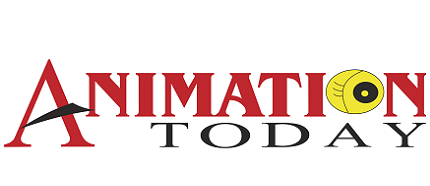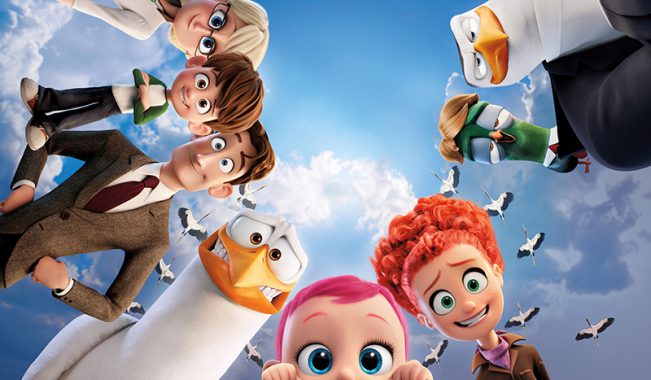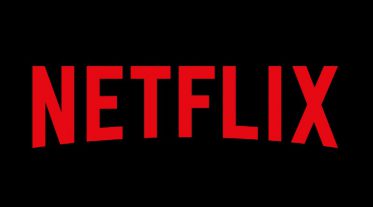Hollywood’s animation community has entered its post-Pixar era, creating fresh opportunities for everybody else, including the animation community in India. Pixaris no longer the scruffy, fun-loving studio it was a lifetime ago, back in 1995 when “Toy Story” was released. It has been a while since we read magazine articles that gushed about Pixar’s customized animator cubicles, the Tiki room, Old West saloon and Olympic size swimming pool. Today, key members of the original Pixar family are either deceased or are doing other things, like live action movies (Brad Bird) for example, and even long-time insiders like Bob Peterson (“Finding Nemo”, “Up”) can be ripped off their projects if Mr. Lasseter gets nervous. Pixar is now wholly owned by the marketing behemoth, Walt Disney Company, which has not seriously been in the movie business since “The Lion King” and “Little Mermaid”. Walt’s brother, Roy Disney, was forced off the Disney Board of Directors in 2003 and, since then, the business model at the studio has been 100 percent mega-budget “tent pole”, movie franchises that can support spin-offs, Broadway musicals, sequels and such. It’s current hit is “Frozen” (over US$600 million to date), which is already in development for its Broadway musical debut a year or so from now, as well as there being a “Frozen 2” in the pipeline. Together, Disney and Pixar operate like a giant feature animation assembly line, turning out three formulaic movies per year like clockwork, feeding the revenue machine over and over, to the benefit of Disney executives (Bob Eiger, Disney Company CEO, earned US$35 million in 2013) and Wall Street investment companies. John Lasseter, best known for his boyish Hawaiian shirts, is rich now, reportedly worth US$100 million. Meanwhile, DreamWorks has changed its business model away from feature animation andhas signed a deal with Netflix, to produce 300 hours of original programming. Jeffrey Katzenberg, DreamWorks’ CEO, spends as much time in Shanghai nowadays as he does in his Hollywood offices, building a new DreamWorks theme park there and doing coproductions with China’s deep purse strings government. The point is that the Walt Disney Hollywood most of us thought we knew is no longer there. It moved on while we were not looking, That is precisely why this is a time of opportunity for everybody else, including animators in India.
THE FUTURE FOR INDIA
The animation industry in India is a puzzle wrapped in an enigma, mainly because there isn’t one. There are x-number of smart individuals working in the animation field, but there is not an industry per se. Animation does not have deep roots in India. There never was an Indian Walt Disney with a dream and a Mouse. Therefore, there has not been an apprenticeship or mentoring system. There are no old-timers, an Indian equivalent of Disney’s Nine Old Men, passing on accumulated wisdom to newbies. To fill this gap, a veritable truck load of Indian entrepreneurs opened animation schools, which proceeded to pump under-qualified entry level animators, mainly of the CG variety, into a talentstarved marketplace. The schools even now operate in an ethics-free zone in which the credit line on a student’s Visa card counts for more than the excellence of her portfolio. A lot of money is being made by a handful of entrepreneurs, a lot of disappointed young people are being cycled through the system, and the community of Indian animators is spinning its collective wheels. If animators in India seriously want to be recognized internationally, they are going to have to do better work. I routinely screen show reels sent to me by young Indian entry-level animators, and it is rare that I see one that is even close to international standards. It would be immensely helpful if the government would provide meaningful oversight, licensing standards with teeth. As it stands today, the Indian government stands mute unless outright criminal fraud comes to light in a school. Nobody is keeping records of how many graduates are finding work in the animation industry. Studio executives I talk to in India-based companies tell me privately that every new hire must be trained from scratch, that the Indian training on the resume is virtually worthless. I ask why they do not demand higher standards and better results from the schools and am met with a shrug of resignation. The status quo is stuck in a ditch. It would be helpful if an industry summit meeting could be called, where animation studio CEO’s can speak candidly with school CEO’s about what needs to be done. If the existing schools cannot or will not do the job, then the animation studios need to develop new high-standards schools. It is urgent that India find, encourage and support the development of its young artists, especially in the modern art form of Computer Animation. We need dreamers and storytellers much more than we need more computer animation technicians.





